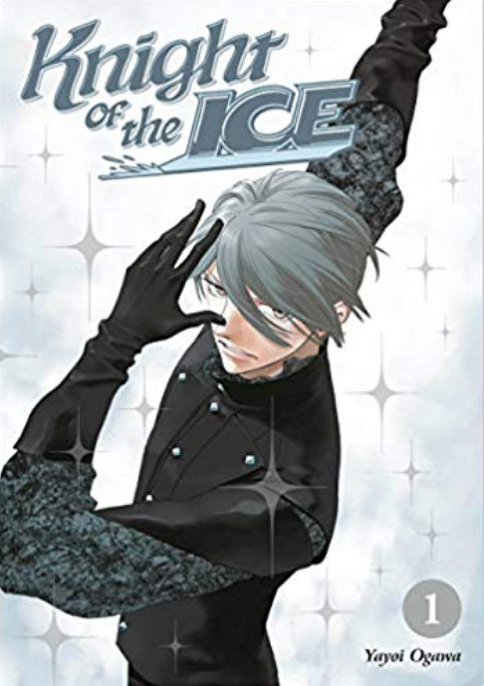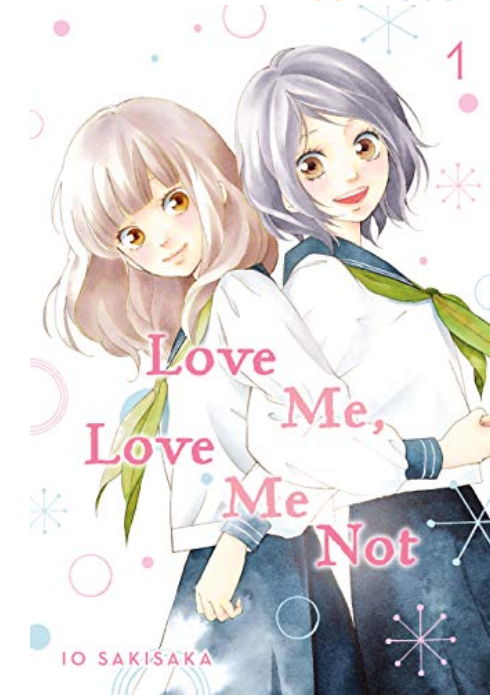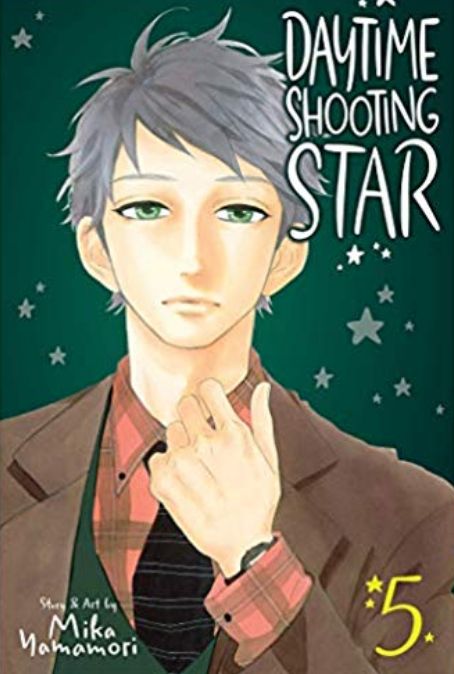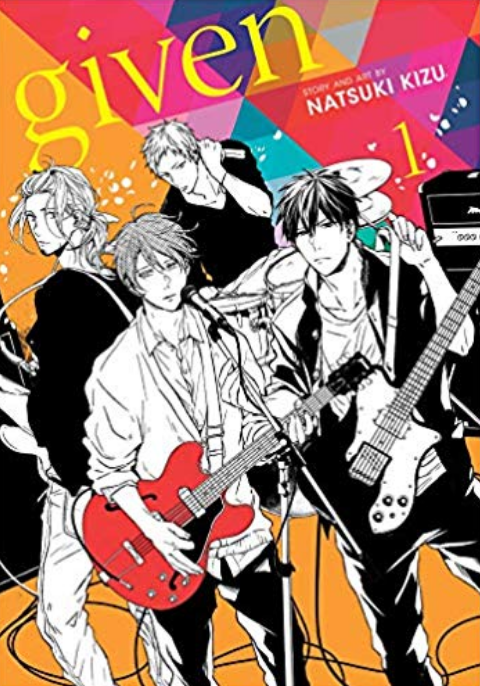Knight of the Ice Volume 1 by Yayoi Ogawa
I think Tramps Like Us (Kimi Wa Pet) started coming out here in the mid 2000s, and 15+ years is a long time to wait between Yayoi Ogawa series. Fortunately for anyone in the need of sports-based josei distraction in these trying times, Knight of the Ice serves up plenty of Ogawa’s off-kilter humor along with workplace romance hijinks. The heroine of this story is Chitose, who works at a magazine. She’s so incredibly tiny that she’s sometimes mistaken for a child, which causes her some problems in the workplace.
Chitose’s childhood friend Kokoro is a champion figure skater, who is able to keep up his flawless facade on the ice only when Chitose is present to cast a magical girl spell on him by quoting the anime they were both obsessed with as children. Having to suddenly disappear right around ice skating championships also causes problems when Chitose has to duck out of work without any clear explanations. Her boss Sawada keeps making references to her tiny size by giving her a nickname that references the Moomins, but he also seems to be a little more aware of Chitose as a woman than he should be. The set-up of a figure skater with severe performance anxiety is funny by itself, but Ogawa also adds additional humor with Kokoro’s domanatrix-like manager, and the occasional appearance of “Yayoi Ogawa”, an old school friend of Chitose who occasionally appears to offer commentary and life advice. Ogawa’s art is distinctive and energetic, capturing Kokoro’s graceful poses along with plenty of emotional outbursts and quieter moments of romantic confusion. Ogawa does a good job slowly setting up the potential love triangle between Chitose, Sawada, and Kokoro. Her quirky sensibilities make this first volume extremely engaging. I’m on board for this whole series!





Recent Comments